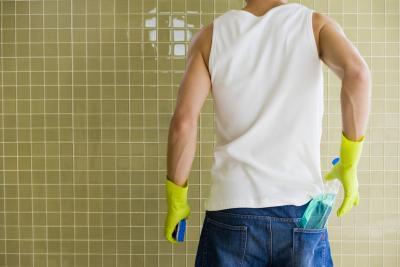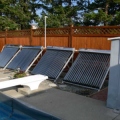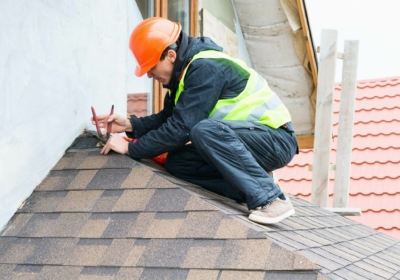When you find mold and/or mildew in your home, your first reaction may be to panic. This isn’t surprising considering the hype surrounding the occurrence of mold and mildew in the home setting of late. But there’s no need to go off the deep end. Finding a colony growing in your home need not cause you undue stress or send you into financial crisis. Certainly, mold remediation can be expensive – if you let the situation get out of hand. But you should know that in most cases mold and mildew are not a serious threat to your home or your health. You simply need to address the problem properly and in an expedient manner to ensure the least amount of damage is done. So if you happen to find fuzz growing in your bathroom or basement, here are some tips to help you effectively treat the problem, either on your own or with some professional help.
There are three main factors that contribute to mold growth: temperature, humidity, and an appropriate food source. Mold feeds on organic material, including wood, paper, and even your dead skin cells and the oil you leave behind when you touch surfaces. In short, nearly every surface in your home could provide fodder for mold growth. And mold can grow at a wide range of temperatures (just look in your fridge). But don’t get stressed out yet. The third ingredient is also the one that can give you a leg up. Mold needs high levels of humidity to grow. So if you can keep your home dry, you can essentially put the kibosh on mold and mildew growth.
First, let’s deal with any mold or mildew currently growing in your home. How do you get rid of it? If it’s growing on non-porous surfaces (like tile, porcelain, stainless steel, etc.) you can use a solution of bleach and water to get rid of it. Don’t use soap – mold can actually feed on the residue! For porous or organic surfaces (wood, drywall, carpeting, etc.), natural cleansers like vinegar, baking soda, and tea tree oil should do the trick, although you may simply have to remove such items, depending on the damage. The next course of action is to get rid of the moisture that is fostering mold and mildew growth.
This could mean calling in a home energy auditor to pinpoint weak spots in your structure where air and moisture are leaking in so that you can seal them. Or you might have to add ventilation in areas of high humidity (bathroom, kitchen, etc.). And insulation could be a factor, as well, especially in areas like attics and basements. Of course, you can also hire professionals like Stay Dry Basements of Ct that have the expertise to deal with moisture problems in your structure if you’re not confident about your ability to find the source of moisture and treat it appropriately.
And if you’re still having problems, you should consider installing equipment to deal with the humidity in your home. Portable dehumidifiers are a relatively inexpensive solution, especially since you can place them in just the rooms that are affected. But if you have a rampant moisture problem in your home, a whole-home unit that attaches to your existing central air system might be preferable, albeit more expensive. When the health of your family and the integrity of your structure are under attack from mold and mildew, it’s a good idea to do all you can to address the problem, whether that means going it alone or hiring help to get the job done.







Recent Comments